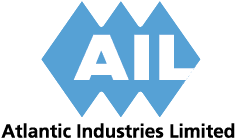April 3, 2021
AIL is pleased to have been selected to design and supply this large 19 m span Super-Cor Box Culvert for the Société de développement de la Baie-James culvert replacement project on the LA1 Resource Road to the Laforge-1 Dam (Phase 2).
Super-Cor Box Culvert is one of the largest in North America
An exceptionally high flood that occurred in the late spring of 2018 caused the battery of three culverts at a stream crossing to be completely swept away, resulting in a full washout of the road. A temporary bridge was urgently constructed in the following days and, in the fall of 2018, another temporary bridge of higher capacity was built. Our Super•Cor Box Culvert — one of the largest in North America — was constructed in the fall of 2019.
Buried Metal Bridge package included Precast Concrete Footings and MSE Wire Walls
Once again, AIL’s Buried Metal Bridge package offered a winning trifecta for remote Northern applications like this:
- Super-Cor Box Culvert: Resilient, lightweight and strong, easy to ship and install in remote areas with local crews and minimal equipment
- Precast Concrete Footings: No need for costly forms and poured concrete
- MSE Precast Wire Wall Headwalls: Flexible, strong and easy to construct with local rock
Open-flow Box Culvert design offers improved hydraulics for future flood events
AIL’s Box Culvert design combines the strength and cost advantages of our Super-Cor corrugation profile with a special patented reinforcement along the length of the structure, allowing for spans up to 19 m. This unique wide-mouth, open-bottom geometry also provides open-flow hydraulics that resist debris jams and flooding during extreme weather events. Box Culverts are also ideal for long-span, low-rise applications with shallow cover.
AIL’s Buried Metal Bridges are the perfect solutions for the North.
By design, their components nest together for economical shipping by land or sea. They can be assembled by local crews with limited (or no) need for poured concrete. They create flexible and resilient structures able to handle higher settlement ranges and seismic events. They also eliminate recurring life cycle costs to maintain and repair bridge decks, expansion joints, bearings, girder fatigue, de-icing agent corrosion issues, concrete durability, fracture issues, approach slabs and freeze/thaw or wet/dry cycles.







